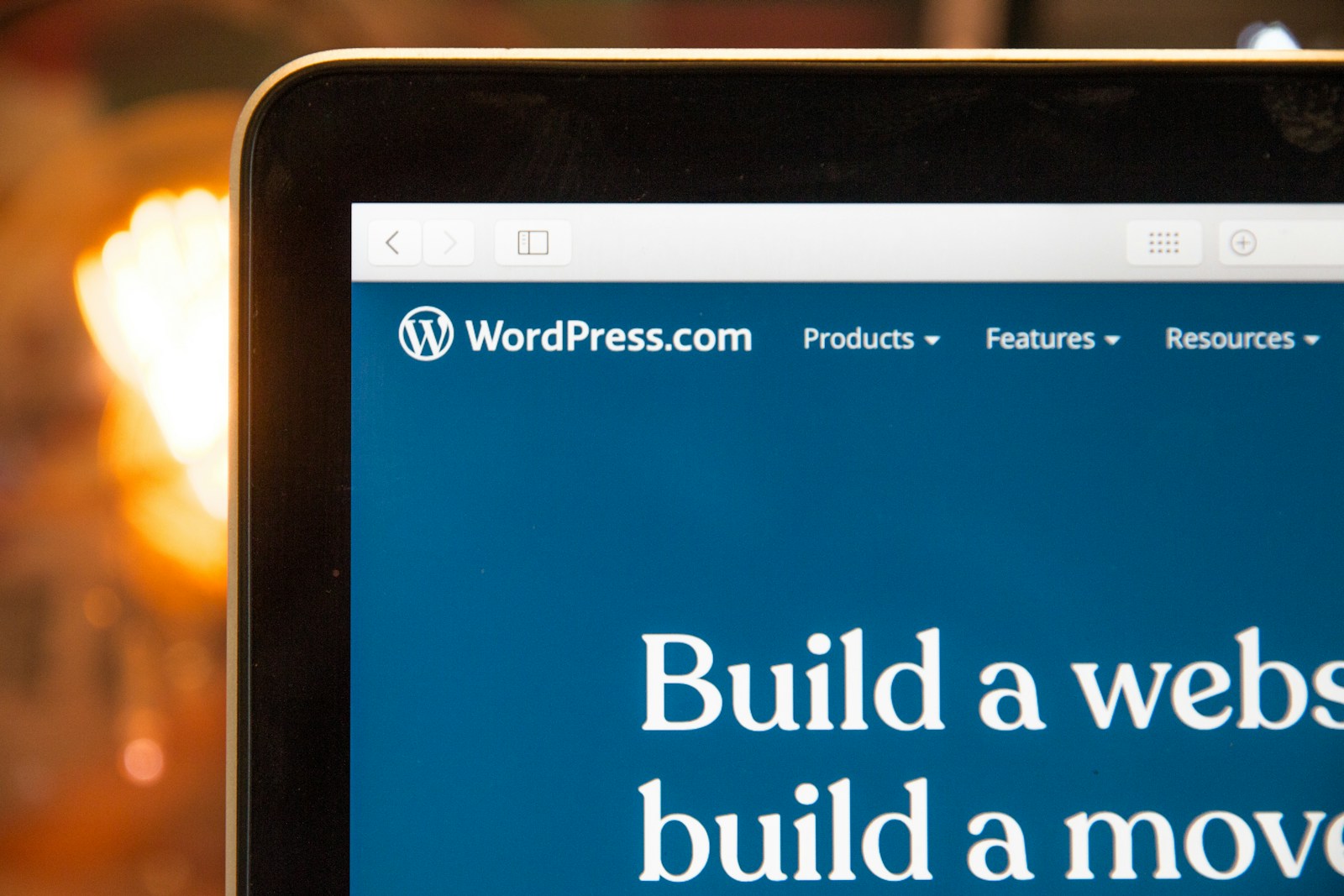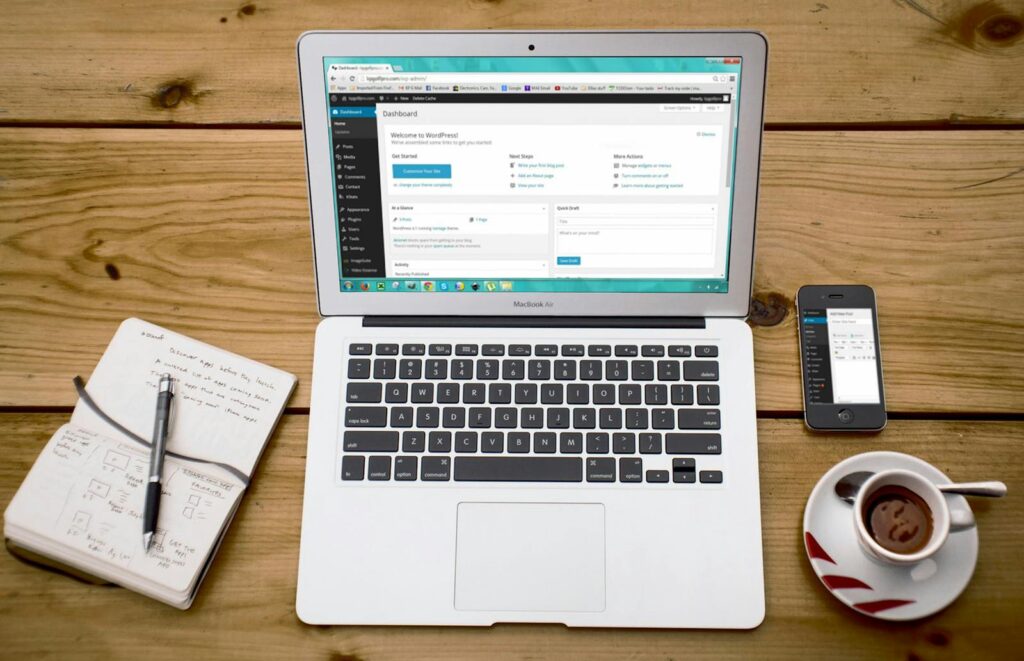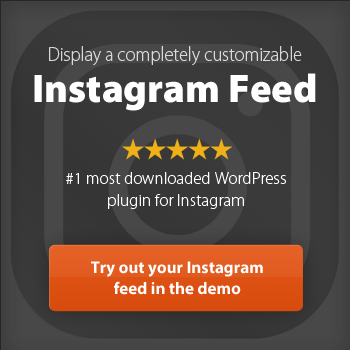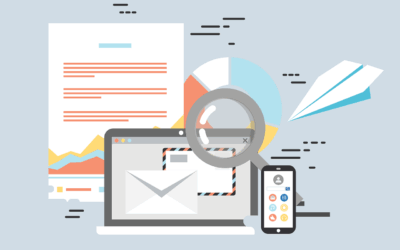Creating an online presence is essential for any business, and your website is the digital storefront. When it comes to building that storefront, one platform stands out for its flexibility, power, and ease of use: WordPress. Powering over 43% of all websites on the internet, WordPress has evolved from a simple blogging tool into a comprehensive content management system (CMS) capable of creating almost any kind of website imaginable.
This guide will walk you through the world of WordPress website development. We'll explore what makes WordPress such a popular choice, the steps involved in building a new site from scratch, and how you can leverage its features to grow your business. Whether you're an entrepreneur with fresh ideas or an established company looking to revamp your web presence, understanding WordPress is the first step toward building a successful online platform.
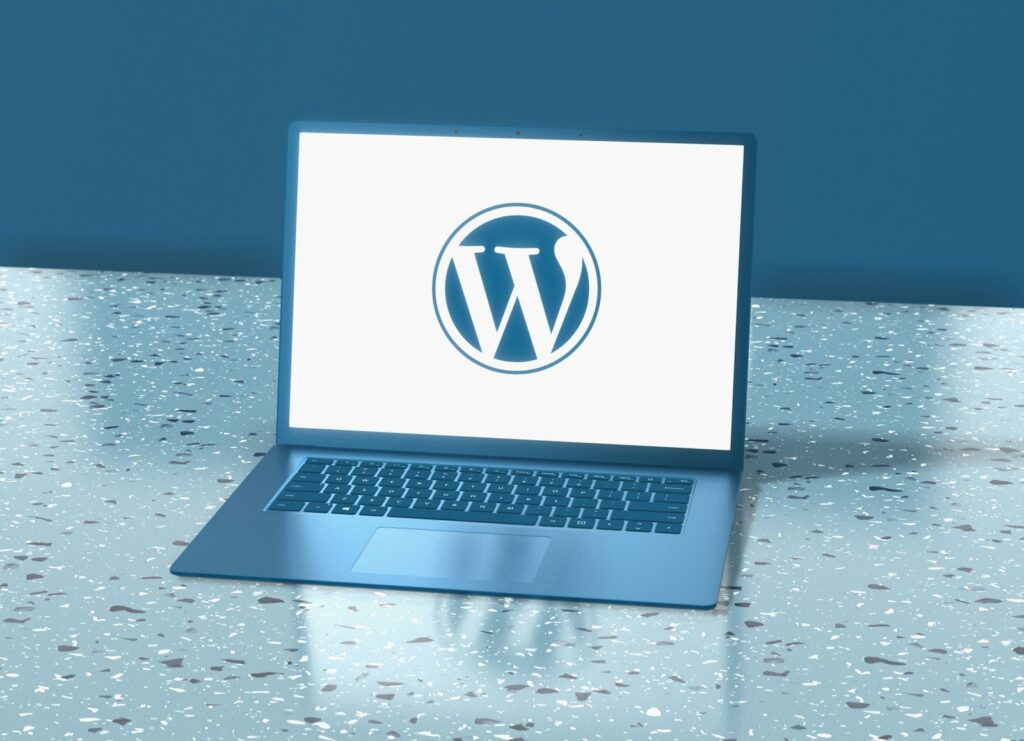
Photo by Deng Xiang on Unsplash
What is WordPress?
At its core, WordPress is a free, open-source platform that allows users to create, manage, and publish content on the web. It provides the foundation—the backend framework—for your website, giving you the tools to build everything from a simple blog to a complex ecommerce store.
One of the main reasons for its popularity is the separation of the core files from the design and content. This means you can completely change the look and feel of your WordPress site by switching a theme, without losing your pages, posts, or other content. Likewise, you can add new functionality using plugins without needing to touch a single line of code. This level of control makes it a favorite among both novice users and expert developers.
Key Steps in WordPress Website Development
Building a successful WordPress website is a structured process. While the details can vary based on the project's complexity, the fundamental steps remain the same. Following this plan ensures you cover all your bases and create a site that is not only visually appealing but also functional, secure, and optimized for your audience.
1. Define Your Website's Purpose and Goals
Before you even think about a domain name or hosting, you need a clear plan. What do you want your website to achieve? Are you looking to generate leads, sell products, build a community, or showcase a portfolio? Your goals will influence every decision you make, from the layout of your homepage to the features you need.
Looking for an experienced Wordpress Development company?
Think about your target audience. Who are your ideal customers or visitors? Understanding their needs and pain points will help you create content and a user experience that resonates with them. A clear strategy will also help you measure success down the line using tools like Google Analytics to track site visitors and their behavior.
2. Choose a Domain Name and WordPress Hosting
Your domain name is your website's address on the internet (e.g., yourcompany.com). It should be memorable, easy to spell, and representative of your brand.
Once you have a domain, you need a place for your website's files to live. This is where WordPress hosting comes in. Choosing the right hosting provider is critical for your site’s performance, security, and scalability. Here are the common types:
- Shared Hosting: An affordable option for new sites with low traffic. You share server resources with other websites.
- Managed WordPress Hosting: This is a specialized service where the hosting provider handles all the technical aspects of running WordPress, including security, speed, updates, and backups. It's an excellent choice for businesses that want a lightning-fast, secure site without the maintenance hassle.
- VPS (Virtual Private Server) Hosting: A middle ground between shared and dedicated hosting, offering more control and resources than shared hosting.
- Dedicated Hosting: You get an entire server to yourself, providing maximum control, performance, and security. This is typically for high-traffic websites with specific needs.
3. Install WordPress and Choose a Theme
Most WordPress hosting providers offer a “one-click” or “just a few clicks” installation process, making it incredibly easy to get your new site up and running.
After installation, it's time to choose a theme. The theme controls the visual design and layout of your website. There are thousands of free and premium themes available.
- Free Themes: Found in the official WordPress theme directory, these are a great starting point. They are reviewed for quality and security, but may offer limited features and support.
- Premium Themes: Offered by third-party developers and marketplaces, these themes typically come with more advanced features, dedicated support, and regular updates. A premium theme can be a worthwhile investment to make your site stand out.
When selecting a theme, consider its responsiveness (does it look good on all devices?), customization options (can you easily change colors, fonts, and layout?), and performance (is it optimized for speed?).
4. Customize Your Site and Add Content
With your theme installed, you can start customizing your site to match your brand. This involves:
- Homepage: Design an engaging homepage that clearly communicates what your business is about.
- Logo and Colors: Upload your brand's logo and set your color scheme.
- Fonts: Choose fonts that are easy to read and reflect your brand's personality.
- Pages: Create essential pages like ‘About Us,' ‘Services,' and a ‘Contact' page.
- Blog: If content marketing is part of your strategy, set up your blog and start creating your first post.
WordPress uses a block editor (also known as Gutenberg) that allows you to build pages with different content elements like text, images, videos, and buttons. For even more control, many developers use page builder plugins like Elementor or Beaver Builder, which provide drag-and-drop functionality to create complex layouts without coding skills.
5. Install Essential Plugins for Functionality
Plugins are apps for your WordPress website. They add new features and functionality. While there are over 60,000 plugins available, it's best to only install what you truly need, as too many can slow down your site.
Here are some essential types of plugins for almost any WordPress site:
- SEO Plugins: Tools like Yoast SEO or Rank Math help you optimize your content for search engines, making it easier for customers to find you.
- Security Plugins: Protect your site from malware and hackers with plugins like Wordfence or Sucuri.
- Performance Plugins: Speed up your website with caching plugins like WP Rocket or W3 Total Cache. A lightning-fast site improves user experience and SEO.
- Contact Form Plugins: Allow visitors to get in touch with you easily. WPForms and Gravity Forms are popular choices.
- Analytics Plugins: Integrate Google Analytics with your site to track website visitors and gather data on their behavior.
For businesses looking to sell online, plugins like WooCommerce can transform your WordPress site into a powerful ecommerce store, complete with payment gateways, shipping options, and inventory management.
6. Ongoing Maintenance and Support
A website is not a “set it and forget it” project. Regular maintenance is crucial to keep your WordPress site secure, fast, and functioning correctly. This includes:
- Backups: Regularly back up your site's files and database.
- Updates: Keep WordPress core, themes, and plugins updated to the latest versions to patch security vulnerabilities and access new features.
- Security Scans: Regularly scan your site for malware.
- Performance Optimization: Monitor your site speed and make adjustments as needed.
Many businesses choose to hire a WordPress development agency or freelancer for ongoing maintenance and support. This frees them up to focus on running their business, knowing their website is in expert hands.
The Cost of WordPress Website Development
The cost of building a WordPress website can vary dramatically, from a few hundred dollars for a DIY project to tens of thousands for a custom build by an agency. Key factors influencing the cost include:
- Domain and Hosting: Annual costs that are relatively low but essential.
- Theme and Plugins: You can use free options, but premium tools offer more power and support, adding to the cost.
- Customization: The level of custom design and development work required. A unique design with custom functionality will cost more than a site built with a pre-made theme.
- Development Expertise: Hiring professional developers or an agency will be a significant part of the budget, but their expertise can save you money in the long run by building a high-quality, scalable site.
- Maintenance: An ongoing cost to keep your site secure and up-to-date.
Is WordPress Right for Your Business?
WordPress is a versatile platform that can power almost any kind of website. Its scalability means it can grow with your business, from a simple one-page site to a large-scale ecommerce platform. The vast community of developers and users means there is a wealth of free support available through forums and tutorials.
The platform gives you full control over your content and design, allowing you to create a website that truly represents your brand. With the right tools and a solid SEO strategy, your WordPress website can become a powerful engine for attracting customers and growing your business.
Study Up on WordPress
More than 40% of all websites globally are powered by the flexible WordPress platform. Here are some excellent sites to help you learn more about WordPress and take advantage of its features, regardless of your level of experience:
- Smashing Magazine WordPress Section – A resource-rich platform offering tutorials, insights, and best practices for WordPress developers and designers.
- WP Tavern – A WordPress-focused website delivering news, analysis, and community updates for WordPress enthusiasts.
- ThemeIsle Blog – Comprehensive guides and tutorials covering WordPress themes, plugins, and optimization tips.
- Kinsta Blog WordPress Guides – Advanced guides and insights into WordPress performance, security, and hosting solutions.
- Updraftplus: The Best WordPress Backup Plugin | Priceless Consulting LLC – An in-depth review and guide to UpdraftPlus, one of the most reliable WordPress backup plugins, highlighting its backup, restore, and cloud storage features to help keep your site safe.
- WordPress.org Support – The official WordPress Support page provides extensive documentation, tutorials, and troubleshooting guides to assist you with any aspect of WordPress.
- WordPress Codex – A comprehensive resource for developers and users keen to explore the technical aspects of WordPress.
- Learn WordPress – This platform offers free workshops, courses, and tutorials to help users of all skill levels master WordPress.
- WPBeginner – A user-friendly website with guides, reviews, and tips for small businesses and beginners.
- Official WordPress Blog – Stay updated on the latest features, updates, and news from the developers of WordPress.
Take the time to explore these resources and unlock your website's full potential with WordPress!
Priceless Consulting LLC Is Your Path to a Powerful Web Presence
WordPress website development offers a flexible and powerful path to establishing your brand online. By following a structured plan—from defining your goals to ongoing maintenance—you can create a professional, high-performing website that engages your audience and drives business growth.
The investment in a quality WordPress site is an investment in your company's future. If you're ready to start your project and want expert guidance, our team has the skills and expertise to bring your vision to life.
Ready to build a website that stands out? Contact Priceless Consulting LLC today to discuss your project. We specialize in WordPress design, development, and maintenance, helping clients like you succeed online.

